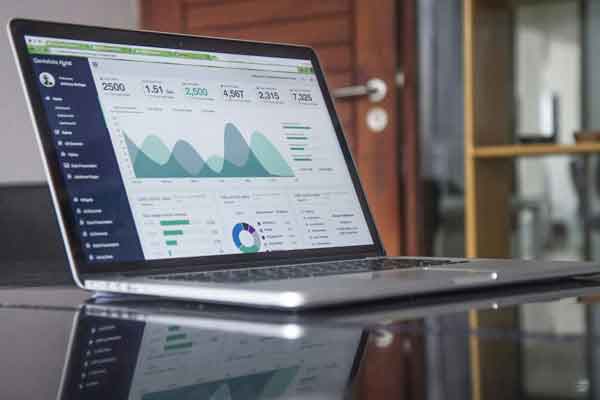Our Services
Solutions that empower your investing
From strategy design to risk controls and analytics, Trade Algo offers a full-stack toolkit and expert help to accelerate your trading outcomes.

Data-driven ideation and tuning aligned to your goals and risk appetite.
Learn More
Portfolio diversification, tax-aware planning, and trader-oriented wealth guidance.
Learn More
Automated tracking and optimization to keep allocations aligned with your targets.
Learn More

Build trust with transparent reporting and stakeholder-ready insights.
Learn More
Low-Latency Infra
Broker-grade execution pipelines designed to minimize slippage and delays.
Risk-First Design
Position limits, stop routines, and alerts—baked into every workflow.
Human Support
Real experts to help you architect, test, and deploy with confidence.
Prefer email? contact@tradealgo.space